Outdoor Enhancements
Contact Information and Service Requests
For more information or to request a service quote, please contact:
Utah: Cameron Fox or Hud Fuller, VPs of Business Development
North Carolina: Tanner Towle, President, Owner GrowPro North Carolina
To submit a service request or receive a personalized bid, please use the “Request Bid” button above. Specify your preferred contact person if desired.
Service Overview
GrowPro’s outdoor enhancements encompass a wide range of services designed to transform your property’s outdoor spaces into beautiful, functional, and sustainable areas. Our services include the installation of pavers, lighting, and other landscape features that improve usability and aesthetic appeal.
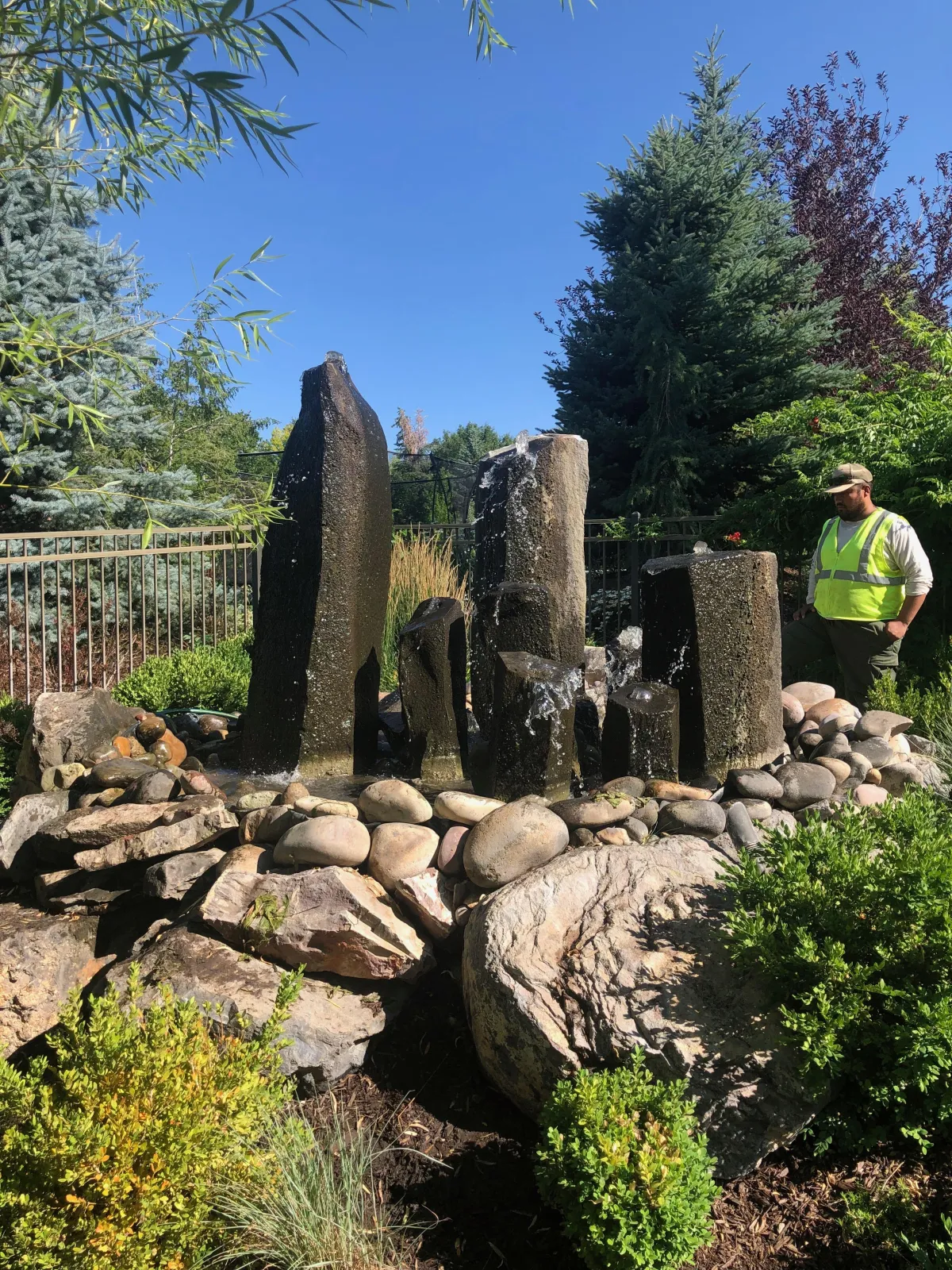
Benefits of Outdoor Enhancements
Our outdoor enhancements services provide impactful benefits, including:
Increased Property Value: Well-designed outdoor spaces can significantly increase the overall value of your property.
Enhanced Usability: By improving pathways, seating areas, and lighting, outdoor spaces become more functional and inviting for users.
Improved Safety: Proper lighting and well-maintained pathways reduce the risk of accidents on your property.
Aesthetic Appeal: Strategic enhancements like decorative pavers, outdoor lighting, and architectural elements elevate the visual quality of your landscape.
How the Service is Delivered
Consultation and Design: Initial consultations to understand your needs and preferences, followed by the development of a tailored design plan.
Material Selection: Selection of high-quality, durable materials that fit the aesthetic and functional requirements of your property.
Professional Installation: Our experienced team performs all installations, ensuring high standards of workmanship and minimal disruption to your property.
Follow-Up Maintenance: We provide ongoing maintenance services to ensure the longevity and continued appeal of the installed enhancements.
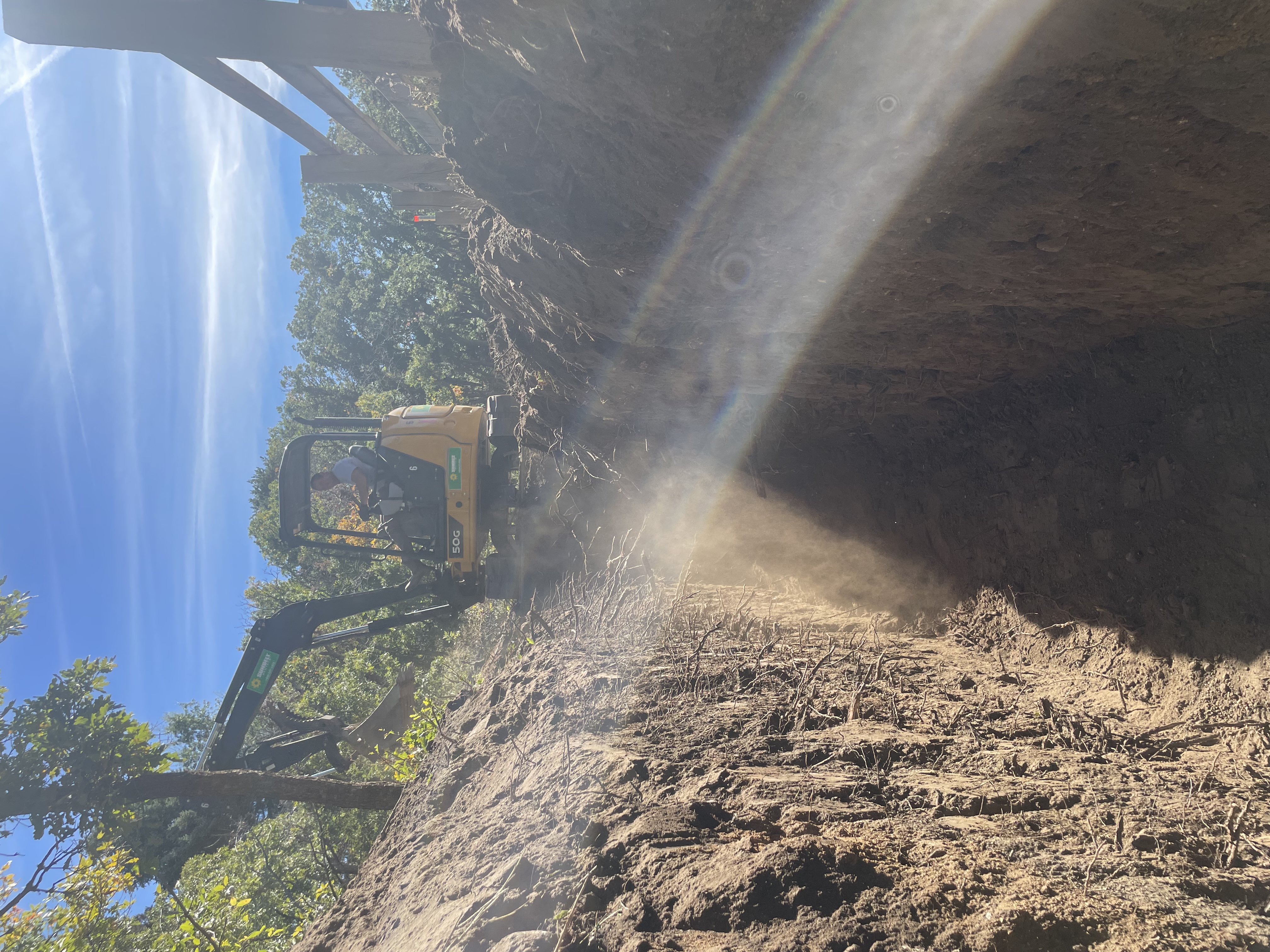
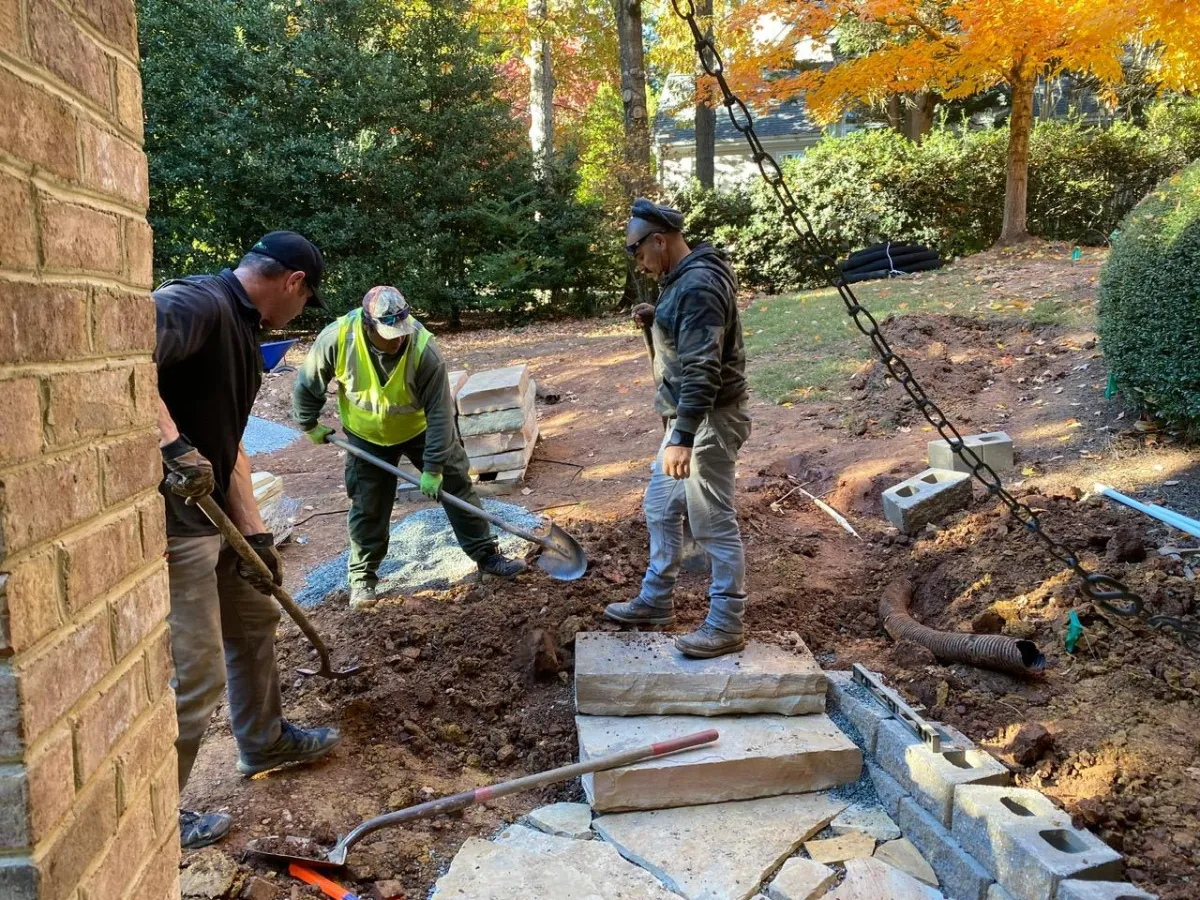
Customization Options
Custom Designs: We offer custom designs for pavers, lighting, and other hardscape elements to perfectly match the style and needs of your property.
Material Choices: A wide range of materials and finishes allows property managers to choose options that best fit their budget and aesthetic desires.
Pricing Information
Pricing for outdoor enhancements varies based on:
Complexity of the Project: Larger or more intricate designs will influence the overall cost.
Materials Used: The choice of materials (e.g., natural stone vs. composite pavers) affects the final price.
Scope of Installation: The extent of the area being enhanced and the type of installations required.
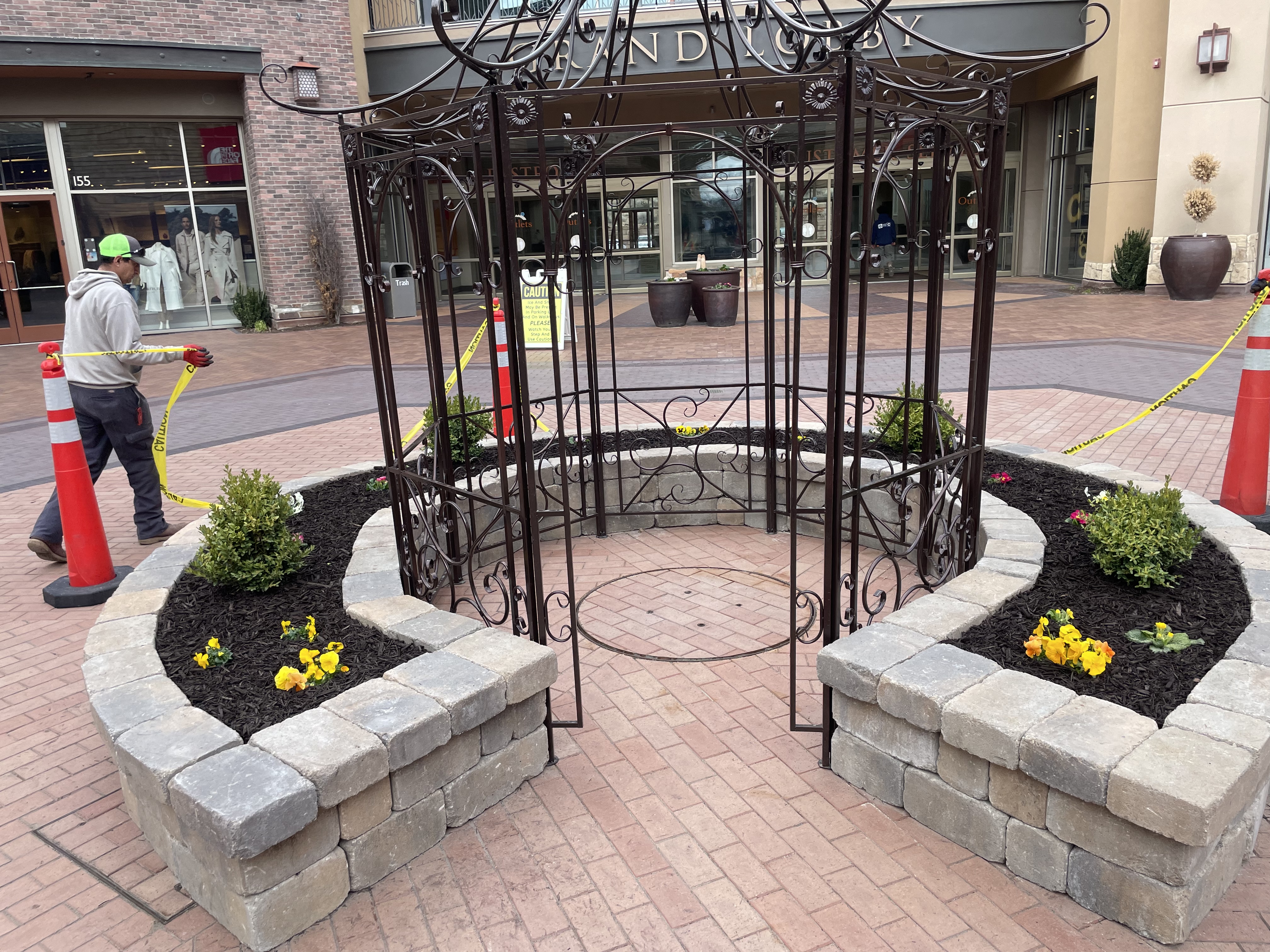
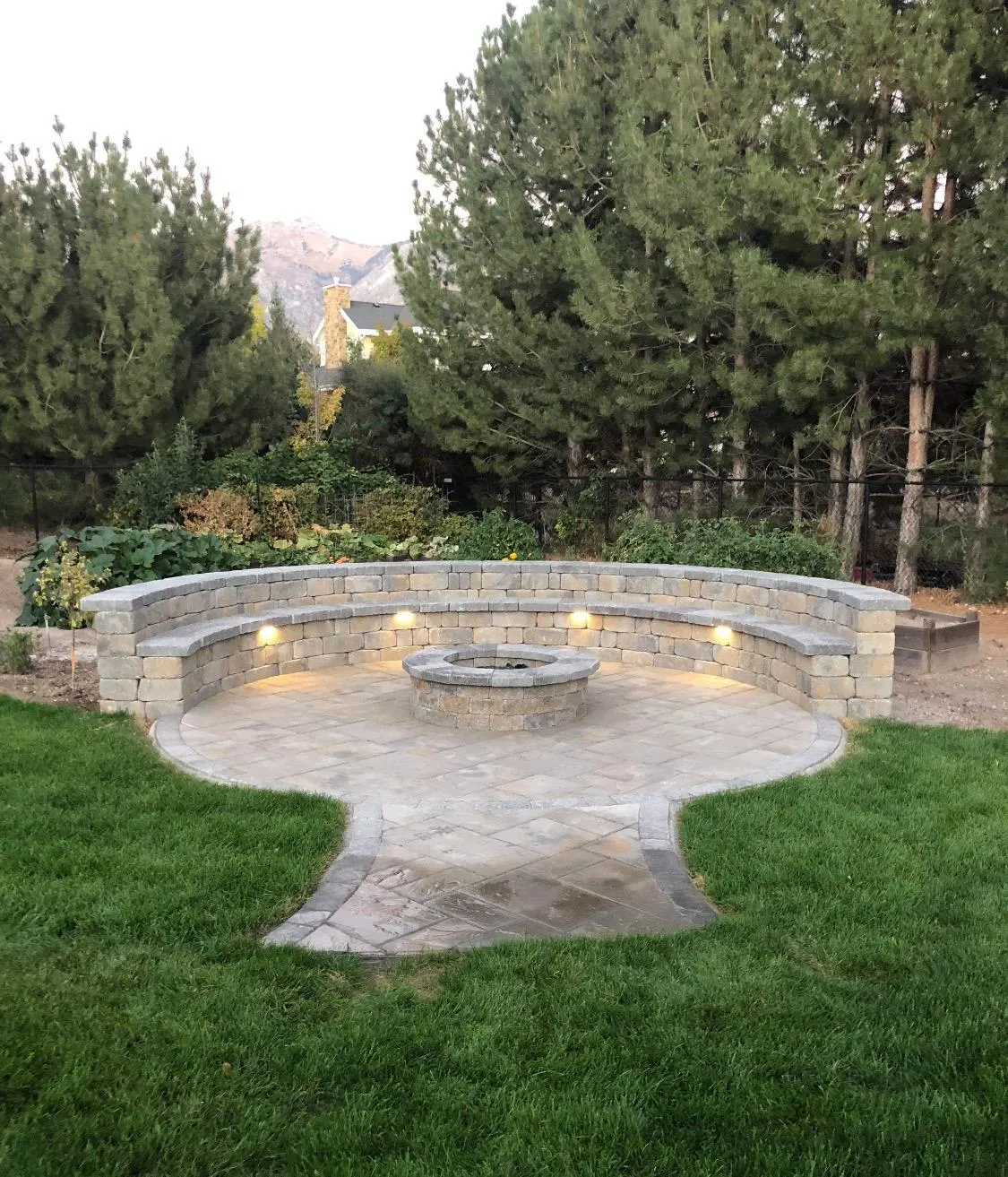
Safety and Compliance
All enhancement projects comply with local building codes and safety standards, ensuring that installations are safe and durable.
Sustainability Practices
Eco-Friendly Materials: We prioritize the use of sustainable and locally sourced materials to minimize environmental impact.
Energy-Efficient Lighting: Incorporating LED and other energy-efficient lighting options reduces electricity usage and enhances sustainability.
What are the best materials for outdoor pathways in high-traffic areas?
Choosing the right materials for outdoor pathways in high-traffic areas is crucial for ensuring durability, safety, and aesthetic appeal. Here are some of the best materials suited for such conditions:
1. Concrete:
Durability: Concrete is one of the most durable materials for outdoor pathways, capable of withstanding heavy foot traffic and varying weather conditions without significant wear.
Versatility: It can be poured into any shape and textured or colored to match different design aesthetics.
2. Pavers:
Strength and Stability: Pavers are individual units or bricks, commonly made of concrete, natural stone, or clay, that interlock to form a robust and stable walking surface.
Aesthetic Variety: Available in various shapes, colors, and textures, pavers allow for flexible design options and can be replaced individually if damaged.
3. Natural Stone:
Aesthetic Appeal: Stones like granite, slate, or bluestone provide a natural and elegant look, enhancing the landscape's aesthetic while offering durability.
Longevity: Natural stone is incredibly durable and can last many years with proper maintenance, though it may require a higher initial investment.
4. Asphalt:
Cost-Effectiveness: Asphalt is a less expensive option than concrete or pavers and is relatively quick to install.
Smooth Surface: It provides a smooth and continuous surface that can be easier to clear of snow and debris than more textured materials.
5. Decomposed Granite:
Natural Look: Decomposed granite offers a more natural appearance than concrete or asphalt and is available in various colors.
Flexibility: While it provides a firm surface, decomposed granite can still adapt to ground movements better than more rigid materials, reducing the risk of cracking.
6. Recycled Rubber or Composite:
Eco-Friendly: Rubber pathways, made from recycled tires, are an environmentally friendly option that provides excellent durability and shock absorbency.
Safety: This material is slip-resistant and can be especially beneficial in areas where safety and impact resistance are priorities, such as playgrounds or elderly access routes.
7. Brick:
Traditional Charm: Brick pathways offer a classic look that can complement historic or traditional architecture styles.
Weather Resistance: Bricks are good for climates with severe weather changes, as they can withstand freezing and thawing without cracking as quickly as some other materials.
Maintenance and Safety Considerations:
Slip Resistance: Especially in high-traffic areas, consider materials that offer natural slip resistance or can be treated to enhance safety in wet conditions.
Ease of Maintenance: Choose materials that require minimal upkeep and can be easily repaired or replaced if damaged.
When selecting materials for outdoor pathways in high-traffic areas, consider both the functional requirements and the desired aesthetic. It’s also beneficial to consult with a landscape professional who can provide insights based on local climate conditions and the specific traffic needs of the area.
How can outdoor lighting improve security on my property?
Outdoor lighting is a crucial component of property security, offering several benefits that enhance safety and deter potential intruders. Here are key ways in which well-planned outdoor lighting can improve security:
1. Deterrence of Intruders:
Visibility: Well-lit properties are less attractive to potential intruders because they increase the likelihood of being seen and identified. Adequate lighting eliminates dark corners and shadows where someone could hide.
Active Presence: Lights that are regularly on or activated by motion sensors give the impression that the property is occupied and actively monitored, further deterring unauthorized access.
2. Enhanced Surveillance:
Camera Performance: Proper lighting can significantly enhance the effectiveness of security cameras by improving visibility and clarity. This is especially true during night hours when poor lighting can compromise the quality of recorded footage.
Coverage Area: Strategic placement of lighting can extend the visual range of cameras, covering more areas effectively and reducing blind spots in surveillance setups.
3. Increased Safety for Occupants and Visitors:
Pathway Illumination: Lighting pathways, entryways, and staircases reduces the risk of accidents, such as trips and falls, making it safer for residents and visitors to navigate the property during dark hours.
Emergency Situations: In emergency situations, such as evacuations or medical emergencies, well-lit conditions can help occupants exit the property safely and quickly.
4. Integration with Security Systems:
Smart Lighting: Many modern outdoor lighting systems can be integrated with other security technologies, such as alarm systems and motion detectors. Lights can be programmed to turn on automatically when motion is detected or when an alarm is triggered, enhancing the property's overall security response.
Remote Control: Smart lighting systems often allow for remote control and scheduling, enabling property owners to manage lighting via smartphones or computers, which can be particularly useful for simulating occupancy when away from the property.
5. Psychological Comfort:
Sense of Security: Well-lit environments naturally make people feel safer, which is psychologically comforting to residents and can be reassuring to potential tenants or buyers.
6. Legal and Compliance Benefits:
Liability Reduction: Adequate lighting can reduce the risk of criminal activities and accidents on the property, potentially lowering legal liability for property owners.
Compliance with Local Ordinances: In many areas, there are regulations requiring certain levels of lighting for commercial properties, and maintaining proper lighting can ensure compliance with these legal requirements.
Planning and Implementation:
Professional Assessment: It is advisable to work with a security or lighting professional to assess the property's specific needs. This assessment can help determine the best types and placements of lights to cover all critical areas effectively.
Energy Considerations: Opt for energy-efficient lighting solutions, such as LED fixtures, which provide excellent illumination while minimizing energy costs.
Effective outdoor lighting is an essential part of a comprehensive security strategy, contributing not only to the deterrence of potential threats but also to the overall safety and comfort of those using the property.
What are some low-maintenance options for outdoor enhancements?
Creating a beautiful and functional outdoor space doesn’t have to require high maintenance. Here are some low-maintenance options that can enhance your property’s appeal while minimizing upkeep:
1. Drought-Tolerant Landscaping:
Native Plants: Choose native plants that are well-adapted to your local climate and soil conditions. These plants require less water, fewer fertilizers, and minimal care once established.
Xeriscaping: This landscaping method focuses on water efficiency and often incorporates drought-tolerant plants, mulch, and efficient irrigation systems to reduce the need for regular watering.
2. Perennial Gardens:
Long-Living Plants: Perennials come back year after year, reducing the need for replanting. Select perennials that thrive in your climate to ensure they grow strong with minimal intervention.
Ground Covers: Low-growing perennials and ground covers, such as sedum or creeping thyme, can cover large areas, suppress weeds, and reduce the amount of lawn space, thereby cutting down on mowing requirements.
3. Mulching:
Organic Mulches: Using bark, wood chips, or pine straw helps retain soil moisture, suppress weeds, and reduce the frequency of watering needed. As these mulches decompose, they also enrich the soil with nutrients.
Rubber or Stone Mulch: For even lower maintenance, consider non-organic mulches like rubber chips or decorative stones, which don’t need to be replenished often and provide a clean, polished look.
4. Hardscaping:
Pavers and Stepping Stones: Install pathways, patios, or driveways with pavers or stepping stones that require little upkeep compared to grass or garden beds.
Decorative Rocks and Boulders: Adding features like rocks or boulders provides visual interest with zero maintenance requirements.
5. Automated Irrigation Systems:
Drip Irrigation: This system delivers water directly to the roots of plants, reducing waste and the labor involved in hand-watering.
Smart Irrigation Controllers: These devices can adjust watering schedules based on weather conditions, ensuring plants get exactly the amount of water they need without overuse.
6. Outdoor Lighting:
LED Fixtures: Use LED lighting for pathways, spotlights, or accent lighting. LEDs are energy-efficient, have a longer lifespan, and require less frequent replacement than traditional bulbs.
Solar-Powered Lights: Solar lights are easy to install and require no wiring or electrical work, harnessing sunlight to operate, which eliminates ongoing energy costs.
7. Composite Decking:
Low Maintenance Materials: Composite decking materials are resistant to rot, warping, and pests, and unlike wood, they do not require staining or sealing, making them ideal for hassle-free long-term use.
8. Artificial Grass:
Synthetic Turf: Installing high-quality artificial grass provides a green lawn year-round without the need for mowing, watering, or fertilizing.
These options for outdoor enhancements are designed to provide maximum impact with minimal upkeep, allowing property managers and homeowners to enjoy beautiful outdoor spaces without the ongoing labor and costs typically associated with high-maintenance landscaping.



